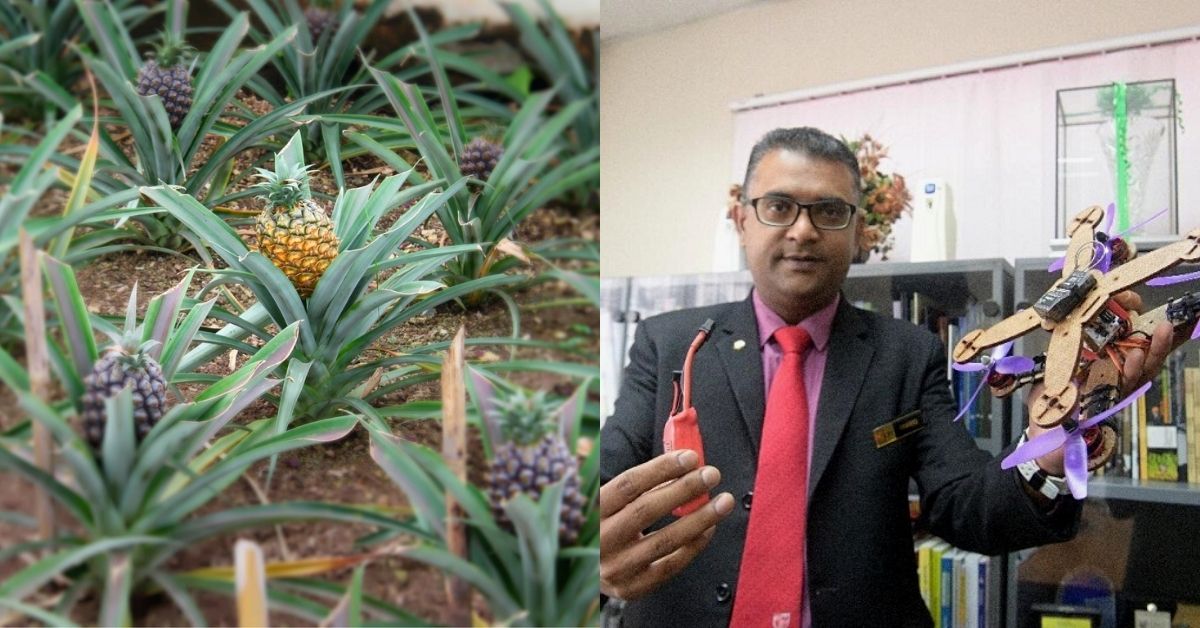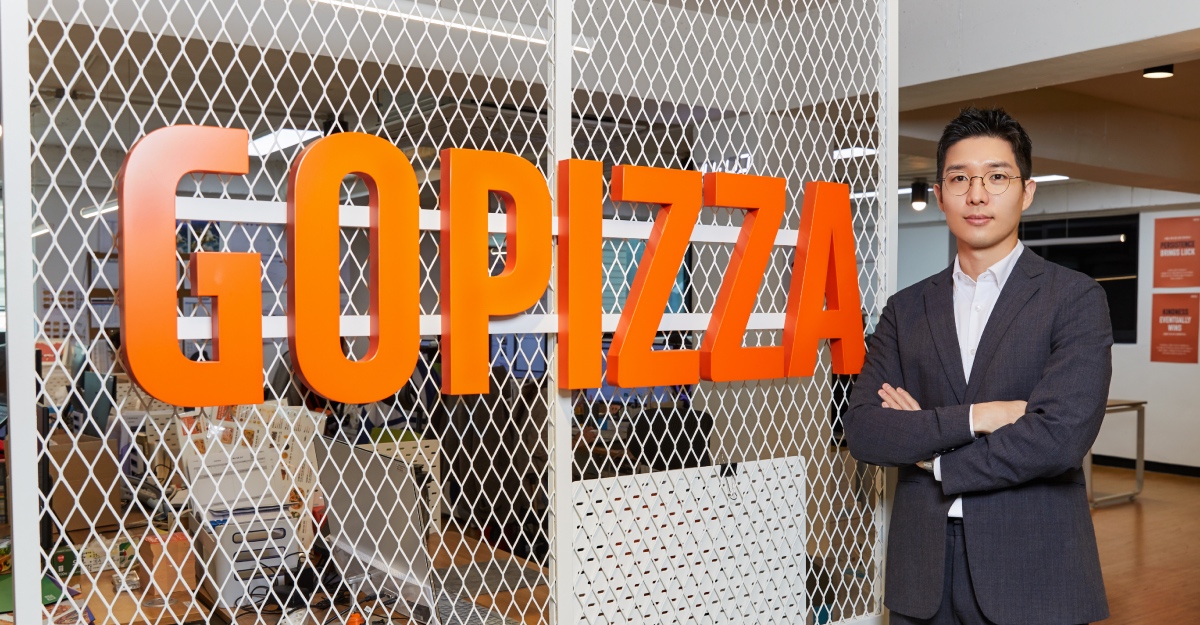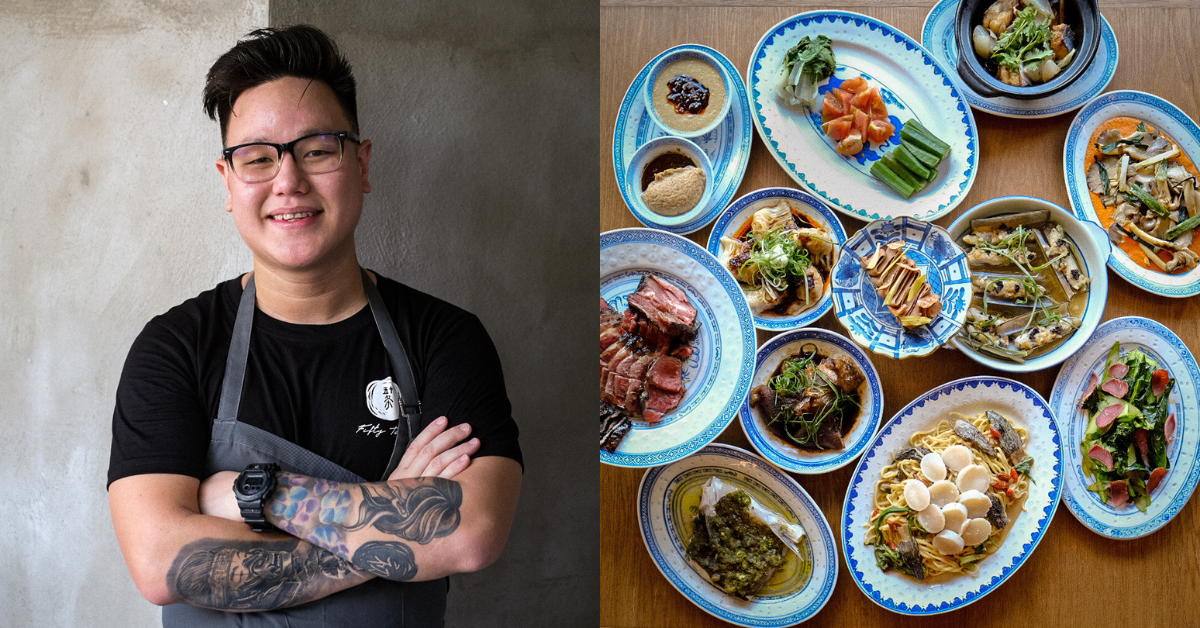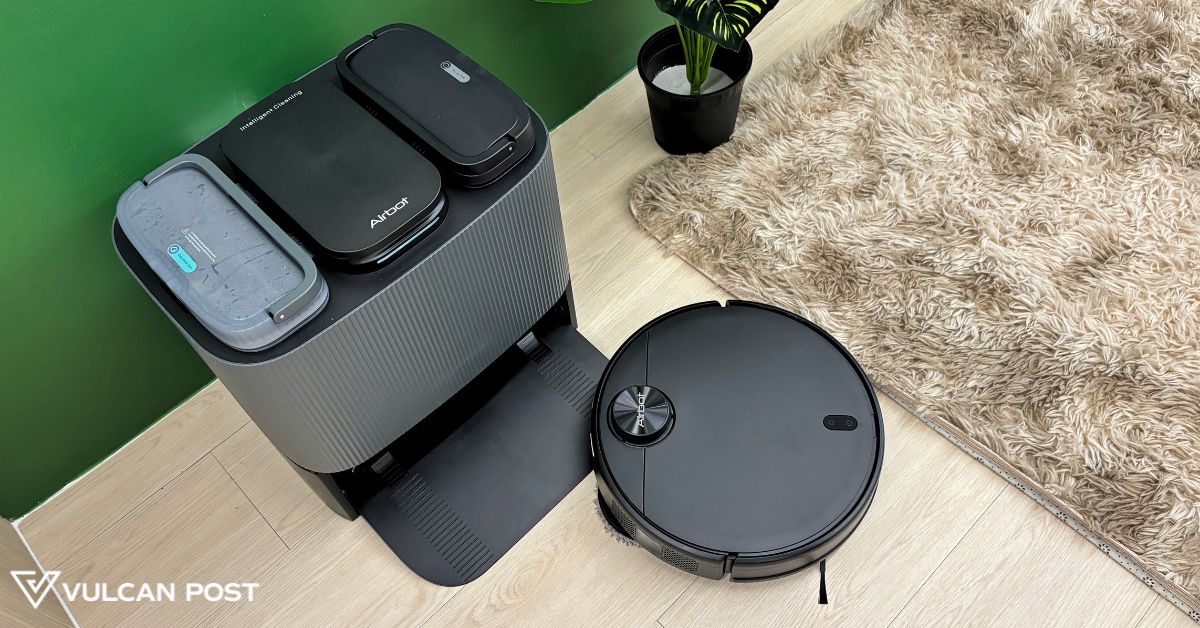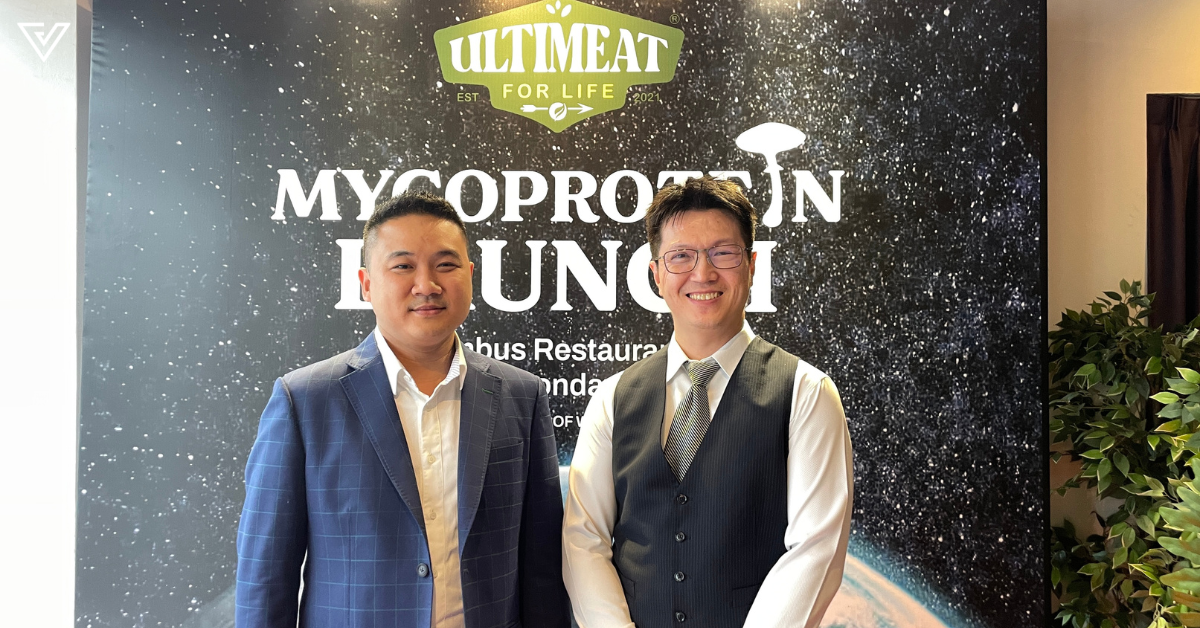The pineapples we get in stores have been stripped down to just the fruit, so for many of us, it’s hard to visualise how much waste they generate agriculturally.
In a small town in Teluk Panglima Garang, Banting, Selangor, farmers are dealing with lots of pineapple waste in the harvesting process.
While this waste could’ve just been turned into compost, Professor Thariq thought, why not upcycle them instead?
One Man’s Waste Is Another Man’s Treasure
“I initiated a community engagement programme in 2016 called Professor On Duty. Through it, I’d bring my university students into villages to conduct programmes for those in need like providing free maths, English and science tuition for the kids,” Prof. Thariq shared with Vulcan Post.
After 3 years of going back and forth to the village in Teluk Panglima Garang every weekend, he was approached by one of the religious heads there about a problem their community had been facing, which was pineapple waste.
During harvest season, which is around 12-14 months once the pineapples were seeded, all the pineapple leaves will be discarded in drains or put aside to decompose on their own.

However, the leaves were getting too much to be thrown to drains or even left aside to rot, so they started burning the leaves to get rid of them.
“I don’t agree with open burning because it pollutes the air and depletes the ozone layer, and waste accumulated on the side can turn into a breeding ground for poisonous snakes and insects,” he affirmed.
When Prof. Thariq went back to discuss with his research team on how they could fix this situation, they realised they could transform the pineapple leaves into natural fibre and make something out of it.
After doing some digging, they discovered how long of a process it was. It would take 30 minutes just to extract fibre from one leaf, which he thought was time-consuming and not economical at all.
Taking Matters Into His Own Hands
To make the process of extraction more efficient, Prof. Thariq developed a prototype machine that significantly reduced the extraction time from 30 minutes per leaf down to 30 seconds.
Creating a whole new prototype machine with increased efficiency is expensive, but fortunately, Prof. Thariq was given an RM25,000 seed grant from University Putra Malaysia at the time for this community engagement programme, which cushioned the costs.
After the prototype machine was finished, he filed a patent application for the machine and later brought it out to the farmers.
With his machine being able to create more output from the leaves, Prof. Thariq thought it would be a good opportunity for the farmers to earn an extra income in managing the machine.

“They all managed to use the machine and transformed all the leaves waste into fibre, which was the first chapter. But now that we have fresh fibre, what are we going to do with all this fibre?”
“So what I did was create a supply chain and transformed these fibres into a composite plate,” he figured.
Dictionary Time: A composite plate is basically a plate made out of composite materials, i.e. a resin and a fibre.
Making Pineapple Leaves Fly
When he thought about what to do with these newly made composite plates, the first thing that came to mind was drone frames.

“Drones are made from plastic or composite materials, and making them is very expensive. If they were dropped from a certain height, their whole structure would break. Moreover, they’re not biodegradable,” he shared.
With the ready-to-use composite plates the farmers made from pineapple leaves, Prof. Thariq designed, cut, and fit them together into a drone with help from the Malaysian Unmanned Drones Activist Society (MUDAS).

“I also designed it to be a racing drone, where it could fly 1,000 feet above sea level and is able to stay in the air for 20 minutes.”
Interestingly enough, Prof. Thariq shared that his drones are not detectable by the radar because they’re made from natural fibres.
“If they’re still detectable by the radar though, it’s because the batteries aren’t powered by natural fibres. But if it’s structure alone, it’s hard for the radar to detect,” he shared.
Prof. Thariq also made sure to file a patent application for this design and is looking to create a similar but bigger drone that could be used for agricultural or defence purposes.

Another Supply Chain On Top Of Drones
Besides drones, Prof. Thariq is also working with a furniture company that’s looking at designing furniture with synthetic leather, which is usually made with PVC embedded with natural fibre.
Though he’s already created 2 supply chains with these natural fibres, Prof. Thariq added that they can be used for many other things like a door panel, sticker board for a car, or even for bio-degradable packaging.
The machine that he and his team created is now kept in the community hall of that village for the farmers to continue earning from it.
As of now, they’re challenged with getting the right funding from the right organisations, which Prof. Thariq thinks is key to ensuring the sustainability of this project.
“I think as professors, we always need to think of ways to be a high flyer in research. We’ve been writing a lot of papers, and everyone knows that. But the most important thing about being a professor is that the community has to benefit from your existence.”
Professor Mohamed Thariq bin Hameed Sultan
- You can learn more about Prof. Thariq here.
- You can read about other social enterprises we’ve written here.

